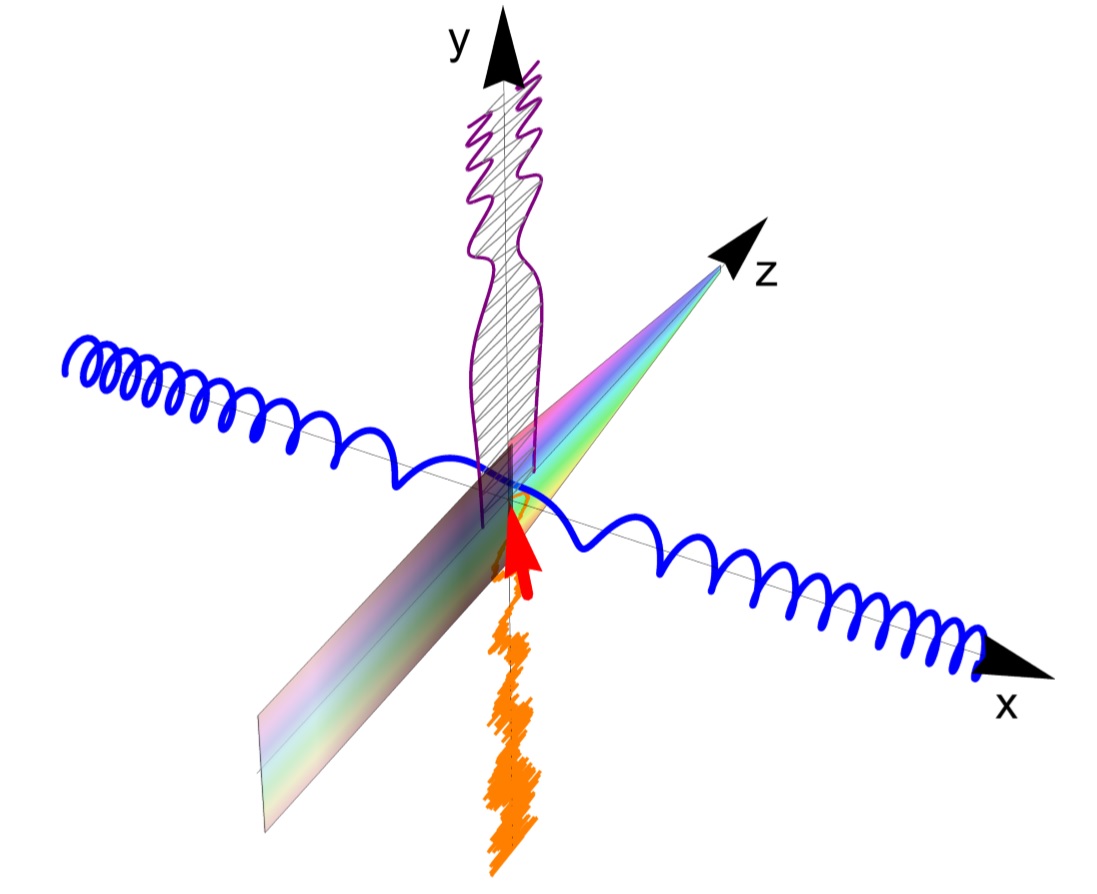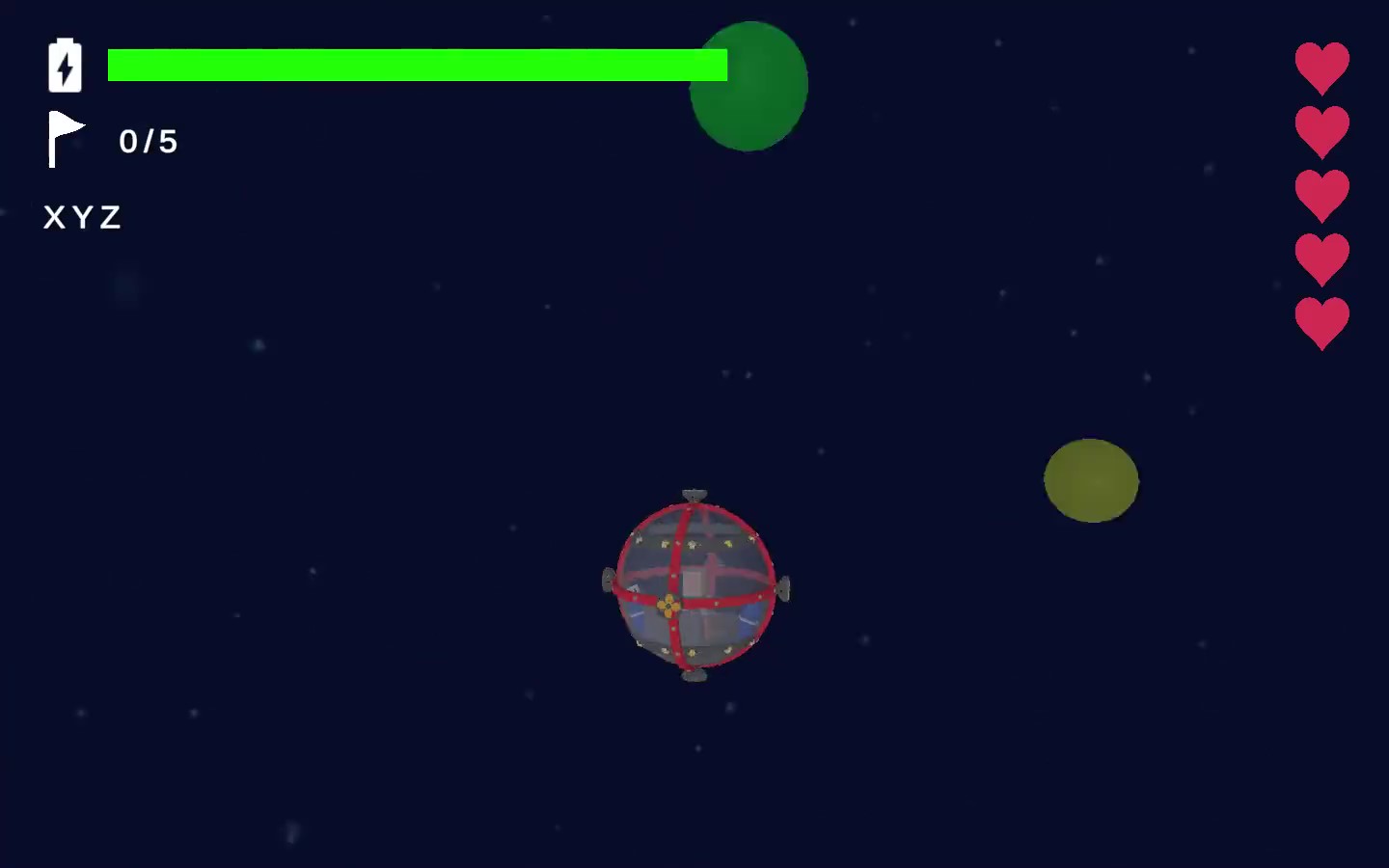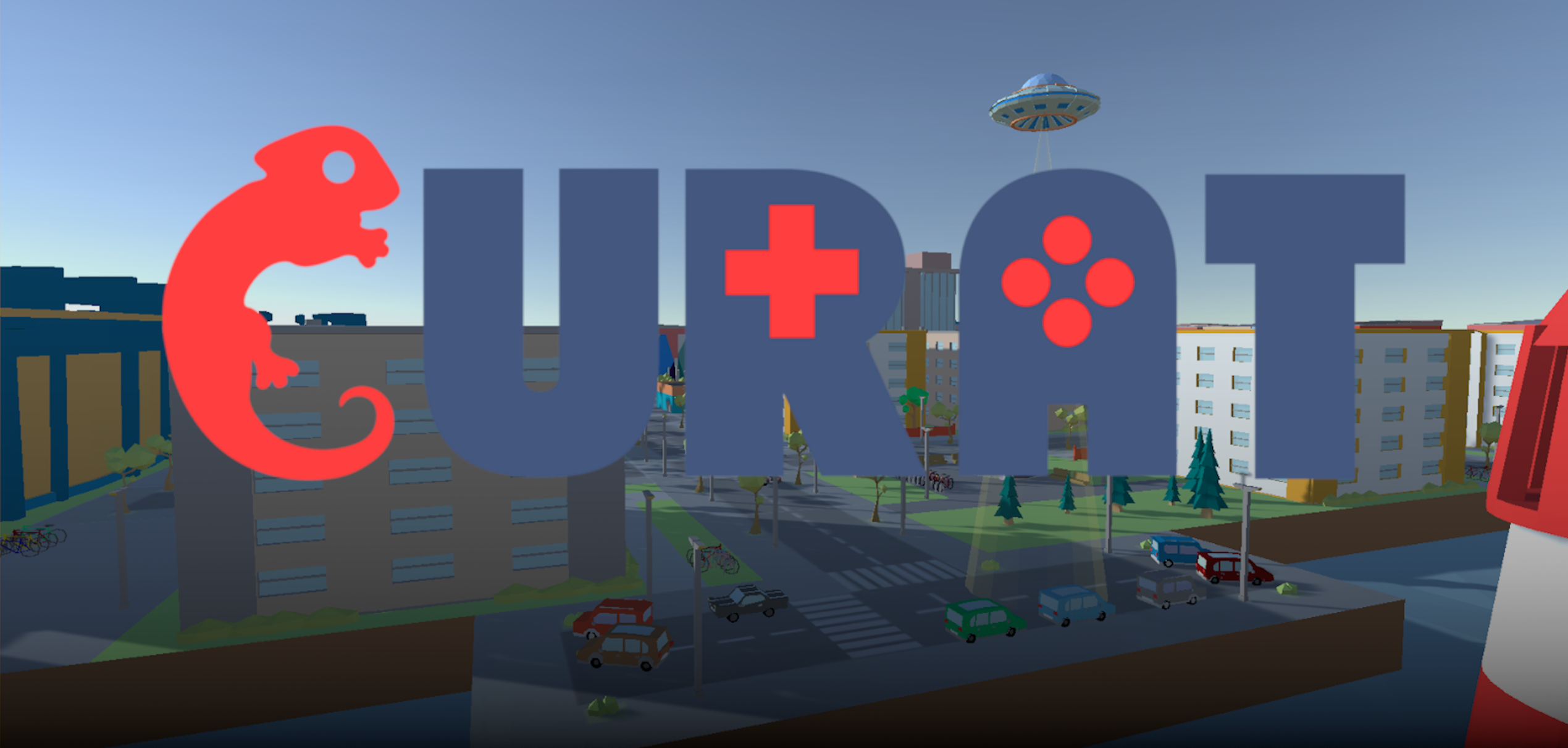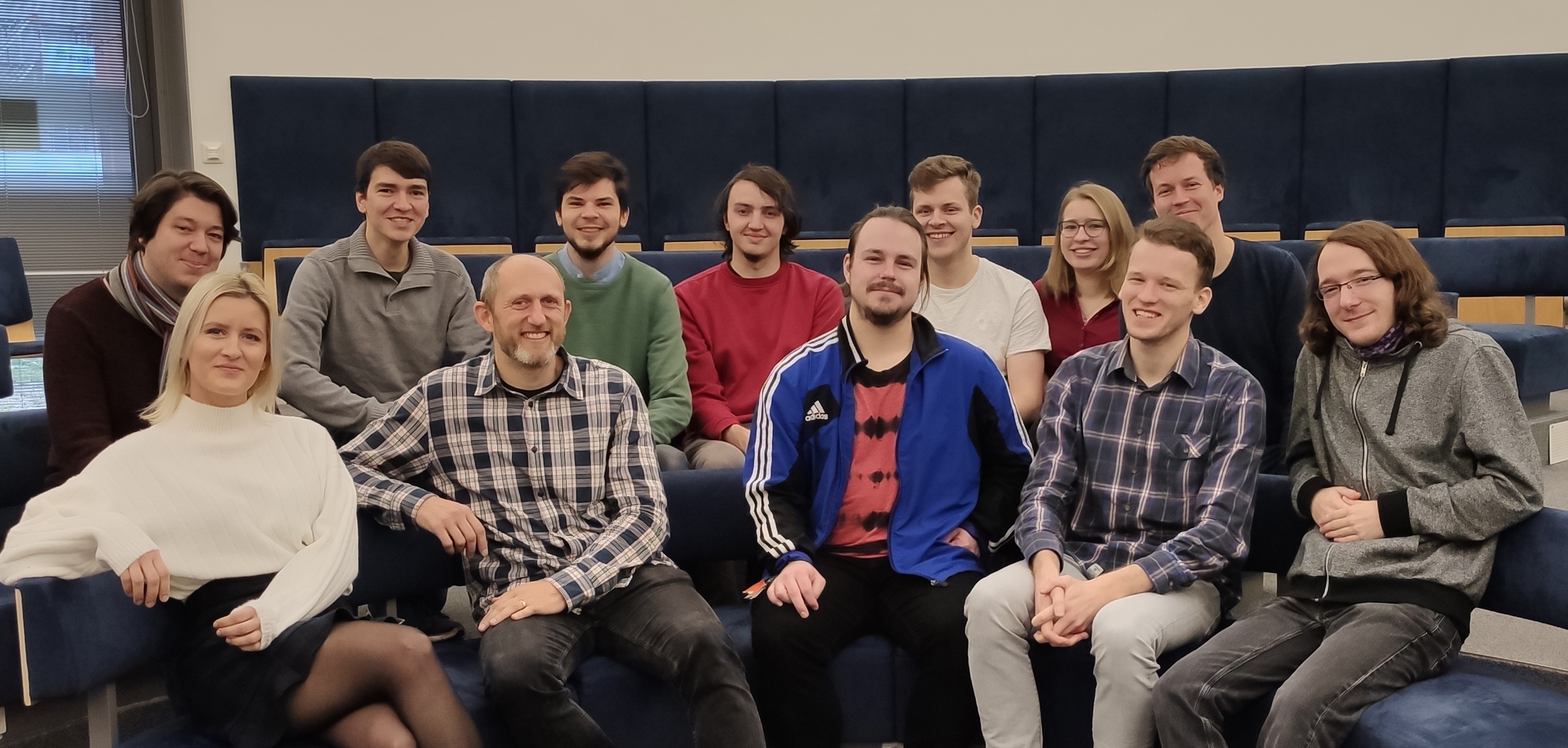Sonification is the technical term for embedding information into artificially generated sounds.
In our project we want to explore how spatial information can be communicated to users via sonification.
The goal is to map a spatial relation between two points. To describe this relation between 'start'
and 'destination' in three-dimensional space, six half-axes are needed.
For each of these semi-axes a unique tone must be used to describe it.
The sonification developed by Tim Ziemer has also set itself the goal of permanently conveying the information of direction and distance. It was developed on the basis of findings in psychoacoustics and is thus intended to enable blind navigation. In the long term, information could also be conveyed to surgeons (intra-operative information).
The model was designed and developed in PureData initially as a 2D model, which was extended and refined to a 3D system in the bachelor project. This existing system has now been transferred to the programming language C# and the game engine Unity to increase compatibility with different operating systems. Side effects are an increased maintainability and stability as well as an easier barrier to entry for textual programmers.





